The Arts in Cuba
Havana, Cuba’s capital, is currently one of the world’s most sought after time capsules. My recent trip to experience the arts in Cuba had me truly appreciating that I was there at a moment in time that could be gone in the blink of an eye. As a visitor, I almost felt like I was observing a mirage of colonial architecture; faded color, lively rhythm and long lost glamour were all coated with a layer of rust and so much more. This was evident everywhere but the arts. The Arts are a section of Cuban culture that is bursting at the seams. Is it sustainable? Time will tell.
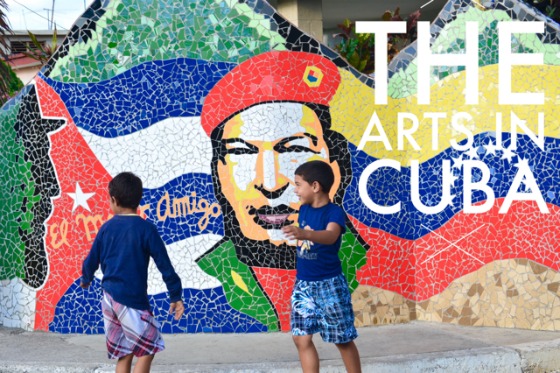
Historically, the art scene has thrived in Cuba, despite a repressive government. The country has 14 art schools and 13,000 registered artists with support from the government. Some felt it necessary to leave the island, but those who stayed found community. Many produced government sponsored art and supported the socialist revolution. It was not until the 1980s when the political dialogue changed that artists would return to making works that had no pressure from state influence. Some might question whether “sponsored” art can be truly expressed without censorship, but I found this new generation of Cubans creating pieces that were not filled with angst or angry art, it was beautifully expressive.
My first taste of the scene was a private dance performance right off the flight from Miami. Contemporary dance in Cuba has achieved a great deal in its short history and is making an important and uniquely Cuban contribution to the world of movement. The Retazos Dance Company, housed in Old Havana, is one of the most respected companies in Latin America. The performance was fresh, at times dark, and incorporated the primitive setting and dancers right into the creation. Each piece was choreographed by Isabel Bustos and was more powerful than the last. Identity, searching, self. Everyone in the small theatre was awestruck and several moved to tears.
Before traveling to Cuba, I watched the documentary Unfinished Spaces, and would highly recommend it to anyone interested in the arts. This is the story of Cuba’s ambitious National Art School project, designed in the wake of Castro’s Revolution by three visionary young architects.
“Cuba will count as having the most beautiful academy of arts in the world.” —Fidel Castro (1961)
The school is started with great progress, then neglected and left to ruin when the project’s funds are exhausted. The ISA is ultimately rediscovered 40 years later and now houses incredible studio space for some of Cuba’s brightest young artists. Much of it is in a state of ruin and decay, but the active parts shine with light that would make any creative soar. Because the American government defines works of art as cultural assets, citizens can now buy artwork as long as it has not been commissioned. Collectors have taken advantage of the recent loosening of restrictions and works by Cuban artists can fetch tens of thousands of dollars.
The plates they have in stock for lithographs is one of the largest in an educational institution. I was completely smitten with the cigar box examples.
One of the true joys of the trip was the chance to look into the real life and culture of the country. A visit to the community project of artist Jose Rodriquez Fuster was just such an event. The fishing community of Jaimanitas, just outside Havana, has been turned into a mosaic wonderland of public art, much of it using recycled materials. Over 80 houses have been transformed with colorful, ornate murals by Fuster and the people of the area. Cuba’s most celebrated ceramic artist is warmly regarded as the Picasso of the Caribbean.
Visiting this outdoor ceramic fantasyland, begun over 30 years ago, was made even more poignant because mosaic artist Isaiah Zagar was traveling with us. He is well known for the Magic Gardens of Philadelphia. Seeing two simpatico souls reconnect was emotional. Isaiah drew one of his fabulous sketches of Jose and we watched them take in each others creativity and have a moment in time.
Art curator Milagros Borges held a private dinner reception for the group to view her collection of well established and up and coming Cuban artists. Some of the work was massive and her loyal following reinforces the strong market there is for the country’s artists.
In addition we were able to attend art openings and mingle with the warm and friendly Cubans who had the same interest in art that we brought to the events.
Further proof of the strong market is the Havana Biennial. Initiated in 1984, the Biennial is a cultural journey of arts and performances around every corner in Old Havana. Art galleries, live performances and artists lead the way to discovery of the capital’s landmarks and artwork. The value of Cuban artwork abroad is sure to only expand with loosened restrictions. I am curious to see whether there will be an invasion of art collectors looking to discover new “stars”. Is it the land of forbidden fruit, which will change once Americans can travel there freely? Certainly once the internet arrives it will have an effect on availability and perhaps the vision of artists.
Wilfredo Lam, one of Cuba’s best known artists recently had a Boston exhibition. The international market has recognized his work with a sale at Sotheby’s for $4.6 million dollars for the piece Idol. Will Smith recently invested $45,000 in the Coca Cola Galiano poster from the 50’s.
Never before have Cuba’s artists been more accessible for Americans to make connections. I, for one, predict a bright future after being welcomed by the people and finding the wonderful sensory overload that is today’s Cuba.


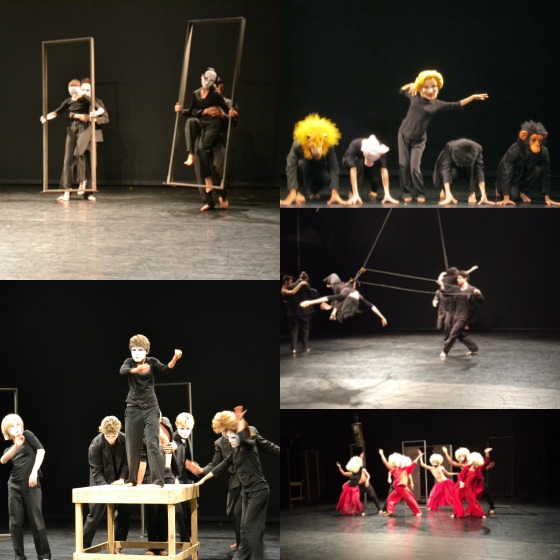
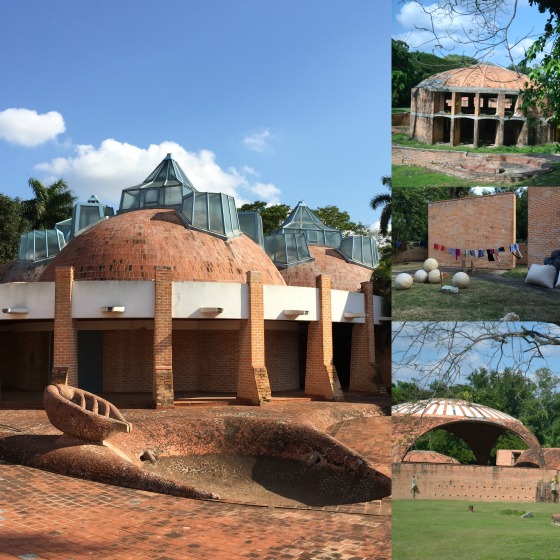



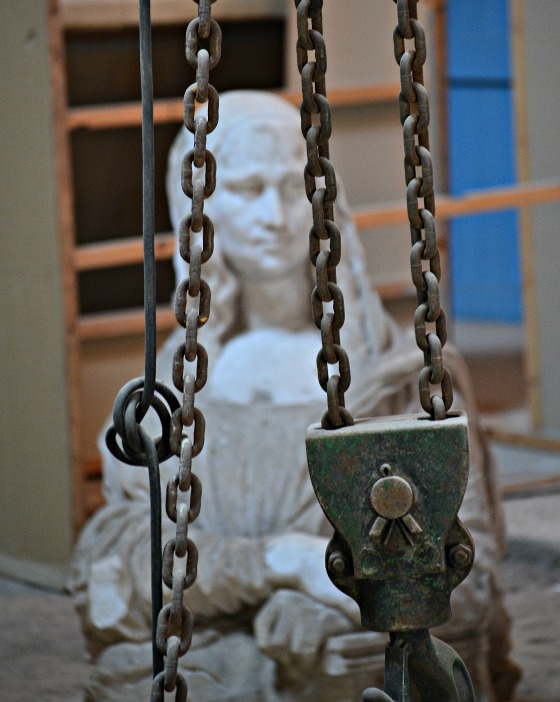

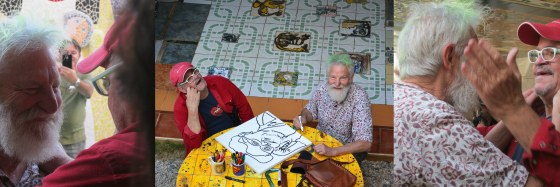

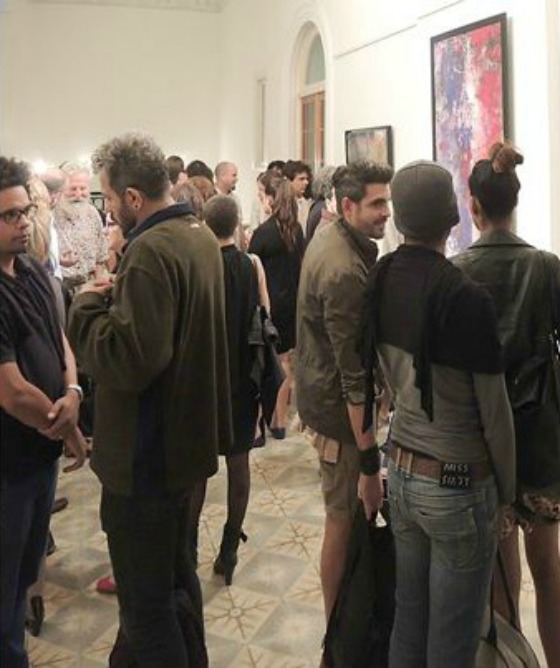



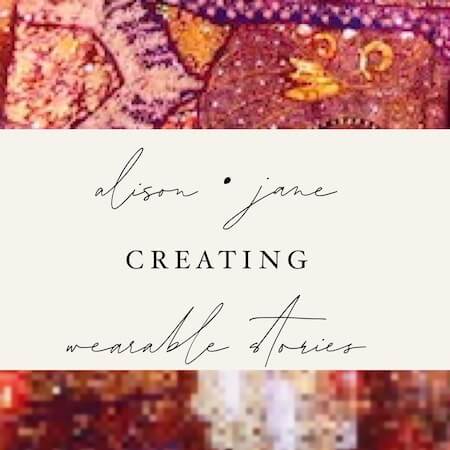

















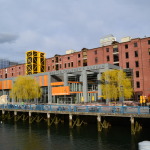
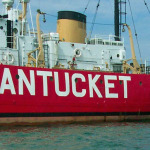










Thanks so much for this interesting post. Shared with much joy!
Cuba is becoming so much more accessible in so many ways to those of us from the U.S. — hopefully it continues to do so! It’s always great to see a resurgence in the arts, as well.
I love this! Thank you for a wonderful visit inside Cuba’s thriving art scene. I definitely want to read more about their artists. And see those cigar boxes!
Hey Dawn. I think we should gather up a group and head back ASAP! If you can believe, I used to use cigar boxes for a lot of my artwork and also made quite a few handbags-although never from Cuba. I did manage to tuck a few into my luggage. Who knows what they might be turned into!
I am thinking that we may need to go to Cuba, sooner rather than later. I love this post and the fact that the arts are so vital in this country.
Paula-I do believe we are seeing a moment in time that could be very short lived before Cuba changes in a big way. Yes-get going!!!
what stunning photos – there is a really interesting art scene in Cuba which just adds to the colour and culture that is more widely known about
Thanks Anna. I was surprised by the quantity of fantastic art we were able to see. It’s made me want to make a return visit as soon as possible.
Good to hear that you were warmly welcomed. Cuba is one of those places I’d really like to go to sooner rather than later… and that mosaic art installation you visited looks incredible!
This is a very different side to Cuba compared to all the stories Ive been reading lately. WHo would have thought there’s such a thriving art scene in this way!
I can’t emphasize enough how impressed I was with the arts I came across in Cuba. It was a wonderful experience.
This is so cool, it sounds like you experienced the real Cuba. It has such a great art scene. I love the mosaic work, beautiful. 🙂
PS. I love your postcard commenting system, it’s so cute!
Thanks Christine. I only wish I had more time to connect with the local people. They were so warm and welcoming. Glad you like the postcard. I wish more people {myself included} still used them to send greetings!
This is the side of Cuba that’s not always on the front page. The power of art! Looks like you had a great time! I love your post.
This sounds like an amazing trip few of mingling with creatives, although I dont think I can afford pieces if they have a price tag of 4.6 million. I may just buy a painting brush instead. Cuba is definitely on my list before the influx of tourism ruin it.
Believe me Bianca, the pieces I bought were all substantially under $100.00-all quite reasonable. There is something for everyone in this art market. Thanks for stopping by Green With Renvy and taking the time to comment.
Thanks for a great walk through this aspect of Cuba. I often enjoy the arts of different countries when I visit, so thanks for allowing me to see it through your eyes.
Love that first mural.
I grew up just 90 miles away but never made it across the Caribbean Sea.
It’s interesting how different Jamaica is from Cuba, but yet the same I’m sure.
I’ll visit soon.
I really enjoyed this. The art is fascinating. I love the ceramic fantasyland and would like to visit it. Your description of the Havana colonial architecture as a mirage of faded color, lively rhythm and long lost glamour coated with a layer of rust and so much more is perfect. I visited Havana over ten years ago and your description sums it up nicely.
Donna-I’m so glad you enjoyed the post. Reading those words again took me right back to Havana. I would love to return in the near future and dig deeper.
Censored art – a bit of any oxymoron, isn’t it? In Singapore recently, we learned that all theater groups and musical shows have to submit their proposed performances to basically a state censor for approval in advance (no gay themes, for example, are allowed). Thanks for enlightening us on Cuba’s thriving arts scene!
I had read about the arts in Cuba beforehand, but was still surprised by how lively the scene was. Surprising Janice to read about Singapore. Haven’t been, but had no idea the arts community was so censored there.
I am so happy to read your post. It reminds me of my visit to Cuba over ten years ago. We met this amazing Cuban artist, of which we even bought some work and organized a little exhibition in The Netherlands. I am curious if I would find her back if I would return or if she by now also left the island.
What an exciting trip! How memorable it must have been to be witness to the reunion of old artist friends, and to be part of such a moment in time.
Seeing the happiness of two artists sharing a moment was a highlight of the visit Anita!
This is an interesting report on Cuba arts. Like most people, I’d love to visit and I do enjoy a vicarious visit such as this.
So interesting to get a view of Cuba’s art. Thanks for giving us a taste of something I may not be able to see first hand!
My pleasure Carol. Like you, I love reading posts about places I might never get the opportunity to visit.
This looks like such a wonderful trip for art or history lovers!
The artwork there was surprising in subject and variety. I was thrilled we were able to see so much of it.
I am so taken with the cigar box engravings and the mosaics. I hope we make it to Cuba very soon, as I think you could be right about it morphing into something completely different.
The cigar box engravings were one of my favorite artworks there also. I used to make handbags out of them, but none ever from Cuba! Now is definitely the time to go, but I don’t think the changes will come overnight.